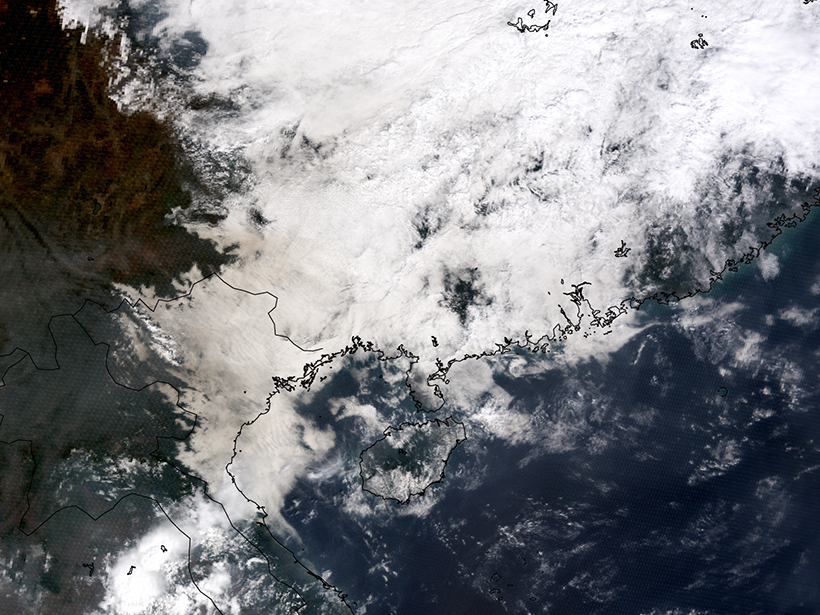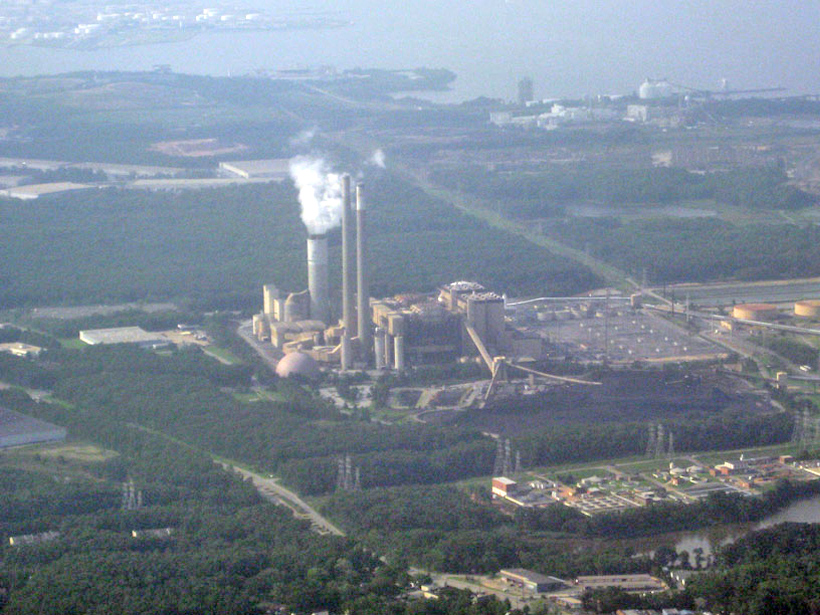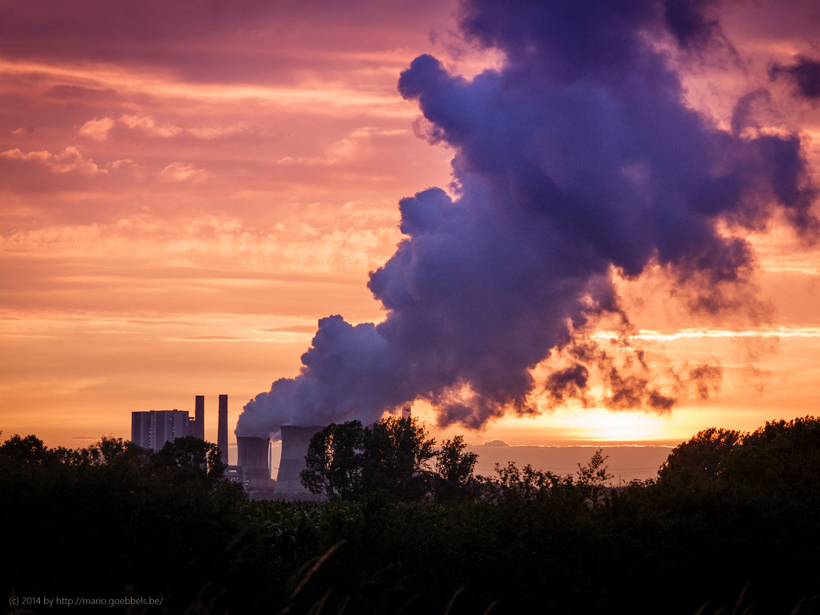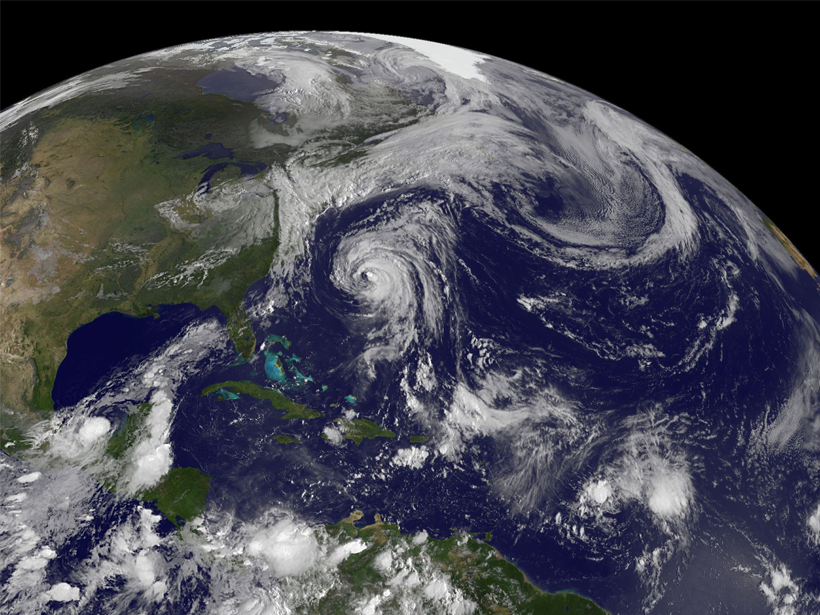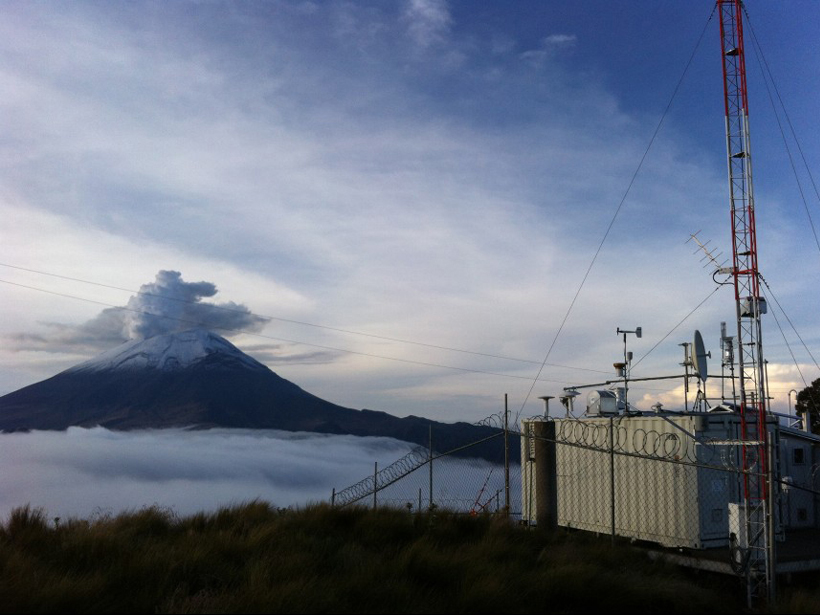Preliminary results from field measurements of smoldering Kalimantan peatlands suggest that the fires emitted 8% less carbon dioxide and 55% less methane than were previously estimated from lab tests.
aerosols & particles
Measuring Atmospheric Aerosols Despite the Clouds
Researchers devise ways for remote sensors to integrate aerosol content above clouds into current methods of measurement.
Chemical Boosts Ozone Production over Southern China
The presence of nitryl chloride in polluted urban air can enhance the production of ozone by up to 41%, according to a new modeling study constrained by ground-based measurements.
Evaluating the Impact of Maryland's Healthy Air Act
Reducing emissions of short-lived gaseous sulfur pollutants from power plants had an immediate, local benefit, but controlling longer-lasting harmful particulate matter will require regional action.
Blowin’ in the Wind: Observing Stratospheric Aerosols
New observations and understanding of stratospheric particles are crucial for evaluating their role in climate change.
A Decade of Progress in Stratospheric Aerosol Research
Enhanced technology and chemistry-climate models have advanced our understanding of the sources and processes controlling the evolution of the stratospheric aerosol layer, the so-called Junge layer.
The High Cost of Switching Power Sources
Researchers construct a world where nuclear energy everywhere is replaced with coal, with stark consequences for human health and the environment.
Fewer Tropical Cyclones Form After Volcanic Eruptions
Volcanic eruptions aren't all bad—in some cases, they can lower the frequency of tropical cyclones in the North Atlantic by emitting sulfate aerosols.
Detecting Black Carbon in the Arctic Atmosphere
Measurements of light-absorbing carbon particles made during an Arctic research expedition could improve understanding of their effects on the Arctic climate.
Mexico's University Network of Atmospheric Observatories
Increasing cooperation in Mexico benefits climatologists, meteorologists, and science as a whole.


